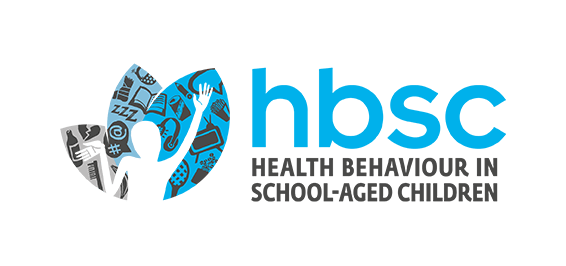New findings from the HBSC 2021/2022 survey reveal concerning trends in adolescent social support across Europe, central Asia and Canada. Data from nearly 280,000 young people aged 11, 13 and 15 show that only 68% report high levels of family support – a significant drop since 2018 – while school pressure has increased sharply, particularly affecting adolescent girls.
The findings emphasise the need to address social determinants of health as part of a comprehensive approach to supporting young people. The report calls for coordinated action at national, regional and community levels to foster more supportive environments, address inequalities and strengthen the systems that young people rely on.
Key findings at a glance
- Family and peer support have weakened since 2018, with high family support dropping from 73% to 67% and peer support from 61% to 58%.
- Among 15-year-olds, nearly two-thirds of girls (63%) report feeling pressured by schoolwork, compared to 43% of boys.
- Adolescents from lower-affluence families consistently report lower levels of support across all measures.
- Gender disparities are widening, with girls reporting lower family support but higher school pressure than boys.
- Only about half of adolescents (49%) eat meals with their family every day.
- Just 52% report high teacher support, with levels declining sharply between ages 11 (68%) and 15 (42%).
The crisis of declining support
Between 2018 and 2022, there were steep declines in family support, particularly among girls (from 72% to 64%). This was measured using validated scales where young people rated their agreement with statements about help and emotional support from family members.
Peer support also declined during this period, most notably among girls aged 13 and 15. The study found that adolescents receiving strong support from both family and peers reported better mental health outcomes than those with limited or no support.
Dr Irene García-Moya, one of the report authors, notes: “We need to create nurturing spaces within our schools where every student feels seen, heard and supported. School health programmes must focus not only on academic success but also on emotional well-being to foster resilient future generations.”
Growing pressure in schools
School-related stress has increased significantly since 2018, especially among older girls. For 15-year-old girls, the proportion feeling pressured rose from 54% to 63%, while boys showed only a modest increase from 40% to 43%. This gender disparity is further complicated by declining school support – just 36% of 15-year-old girls report high teacher support, compared to 47% of boys.
The study measured school pressure by asking students how pressured they feel by their schoolwork, with those reporting ‘some’ or ‘a lot’ of pressure being classified as feeling pressured. The findings show this pressure increases substantially with age, particularly affecting girls during crucial developmental stages.
Social inequalities in support
The study highlights how socioeconomic factors influence access to supportive environments. Adolescents from lower-affluence families are more likely to experience:
- Lower family support (62% vs 71% in high-affluence families).
- Lower peer support (53% vs 62%)
- Greater difficulties communicating with parents.
- Fewer opportunities for daily family meals
- Lower classmate support (52% vs 58%
These socioeconomic disparities affect access to supportive social environments, ultimately impacting adolescent health outcomes. The report calls for policy interventions to address these disparities and ensure all young people have the opportunity to thrive.
Gender differences in social support
Boys generally reported higher levels of family support, easier communication with parents and more frequent family meals. While girls reported higher peer support, they experienced greater school stress and lower teacher support. This combination of lower support and higher pressure places adolescent girls at particular risk of poor mental health outcomes.
Dr Natasha Azzopardi Muscat, Director of Country Health Policies and Systems at WHO/Europe, warns: “These findings point to a critical and widening gap in support structures for adolescent girls. We have to take this gender dimension into careful consideration when looking at interventions by schools, health authorities and other social settings, so that we can enable environments where both girls and boys have equal opportunities to thrive emotionally and mentally.”
Recommendations for action
The findings call for coordinated action across multiple sectors. Key recommendations include:
- Strengthening family-focused policies and economic support.
- Creating more inclusive school environments.
- Addressing academic pressure through systematic approaches.
- Implementing community-based interventions to address socioeconomic disparities.
- Promoting gender-sensitive interventions and empowerment programmes.
- Developing post-pandemic recovery programmes for adolescents.
Dr Hans Henri P. Kluge, WHO Regional Director for Europe, emphasises: “These findings should be a wake-up call for all of us to act now to improve the conditions in which our young people are growing up. Building safer and more inclusive environments requires involvement from education, health and public policy spheres.
Read the report (English)

